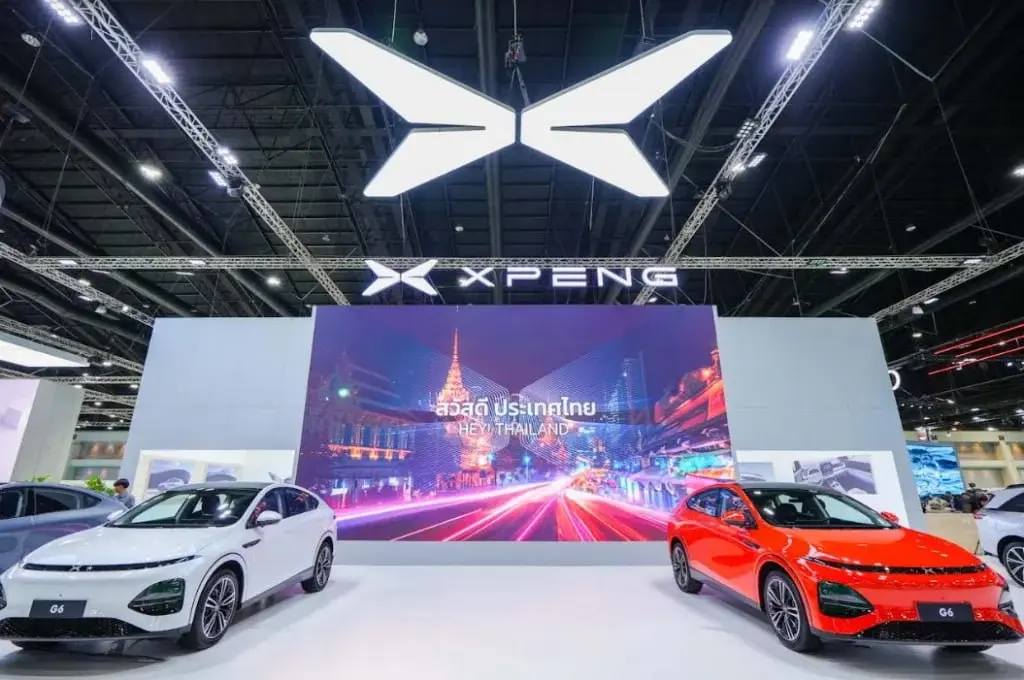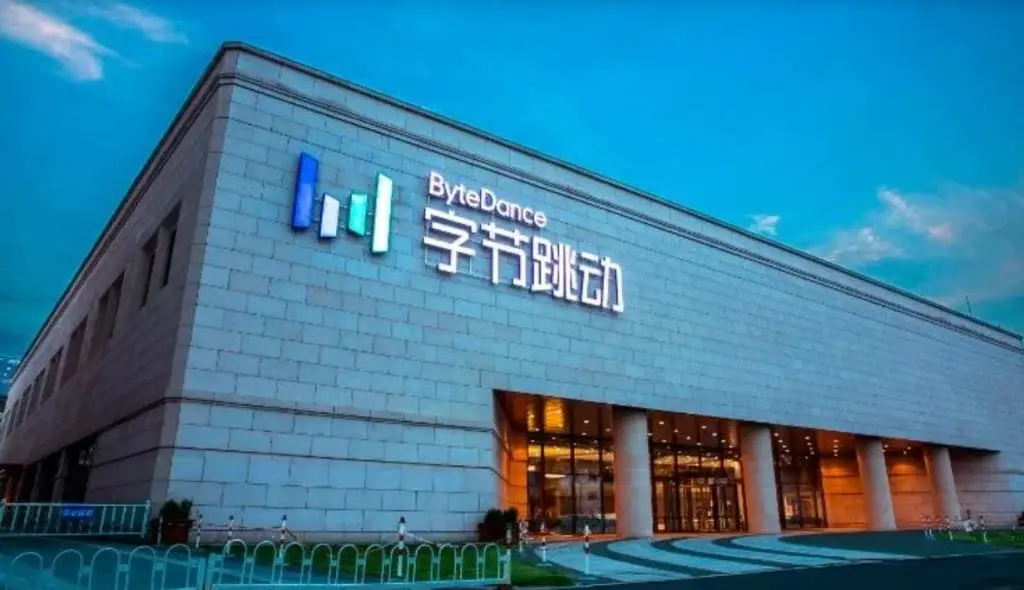Google has strategically unveiled the Pixel 9 series, which includes several models, to potentially increase its market share. By launching these devices before Apple’s iPhone 16 series, Google is aiming to take advantage of the upcoming holiday shopping season and secure a larger portion of the global smartphone market, as reported by TechInsights.
Google’s Pixel 9 Series Could Spur Significant Market Share Growth
The new Pixel lineup features the Pixel 9, Pixel 9 Pro, Pixel 9 Pro XL, and the anticipated Pixel 9 Pro Fold. This model is notable for its subtle yet meaningful improvements over last year’s Pixel Fold. Known for appealing to tech enthusiasts and high profit margins, the Pixel 9 Pro Fold is likely to enhance Google’s reputation for technological advancement.
In addition to the foldable model, Google has also launched the Pixel 9 Pro, a smaller variant that offers nearly identical specifications to the larger Pixel 9 Pro XL. This strategy is aimed at attracting users who prefer more compact devices without compromising on performance, potentially expanding the appeal of the Pixel 9 series to a broader audience.
Global Expansion Strategy
A key aspect of Google’s strategy is the worldwide rollout of the Pixel 9 series. The lineup will be available in 32 markets globally, reflecting Google’s ambition to meet the double-digit growth targets projected by TechInsights for 2024 and 2025.
By widening its market reach, Google aims to strengthen its foothold in the competitive smartphone industry, even though there are no plans to launch the Pixel 9 series in China.
Market Trends and Competitive Landscape
TechInsights also highlights that the global smartphone market grew by 7.6% year-over-year in the second quarter of 2024, totaling 289.6 million units. This marks the third consecutive quarter of recovery, spurred by strong demand in emerging markets such as Africa, Latin America, and Asia-Pacific.
Currently, Samsung leads the market with a 19% share, followed by Apple at 15%. Brands like Xiaomi, Vivo, and Transsion have also performed well, although their growth rates are starting to decelerate.
Despite challenges like inventory corrections and geopolitical uncertainties, competition among leading smartphone brands remains intense, with emerging markets continuing to drive global growth.











